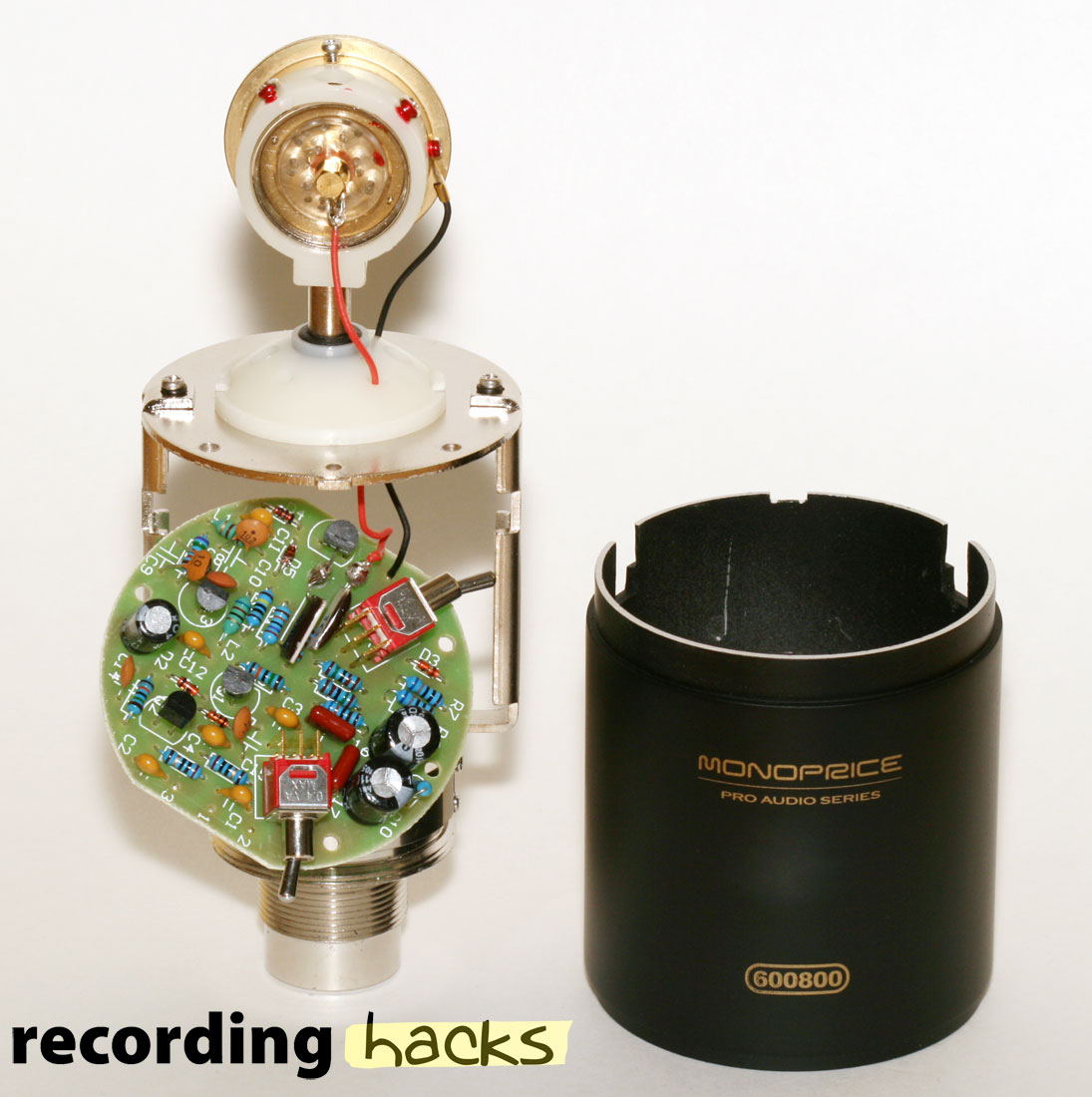kante1603 said:
You did, Udo, thanks..!

I ended up using the servisol silicon, as, since I have a 3U transformer with a very wide windings/taped bit, I had to file every side of the transformer cutout .. It all had to be made bigger to be able to insert the transformer, so once it was in place, there was a fair bit of play around the edges.
The servisol silicon was workable for a long time before setting , which allowed me to fill the gaps precisely using a tiny jewellers screwdriver, and clean up around solder pads to make sure the glue was nowhere near any connection... Even though the silicon is an electrical insulator, I didn't want any unnecessary gunge on the primary side, as we go to so much trouble on this circuit to keep the pcb as clean as poss (albeit at the high impedance end..).
The silicone has held the transformer nicely, yet doesn't seem to be a 'rock-hard' product , like some of the stuff you find holing down caps on pcbs. This seems better, incase it ever needed removal..
Having just fired up, hearing the familiar, and lovely, Neumann sound from these things, I certainly wont be changing the 3U transformer; it's there to stay! 8)
Thanks again, everyone, and special thanks Graeme and Banzai for this great project!
Cheers
nEon.




















![Electronics Soldering Iron Kit, [Upgraded] Soldering Iron 110V 90W LCD Digital Portable Soldering Kit 180-480℃(356-896℉), Welding Tool with ON/OFF Switch, Auto-sleep, Thermostatic Design](https://m.media-amazon.com/images/I/41gRDnlyfJS._SL500_.jpg)













